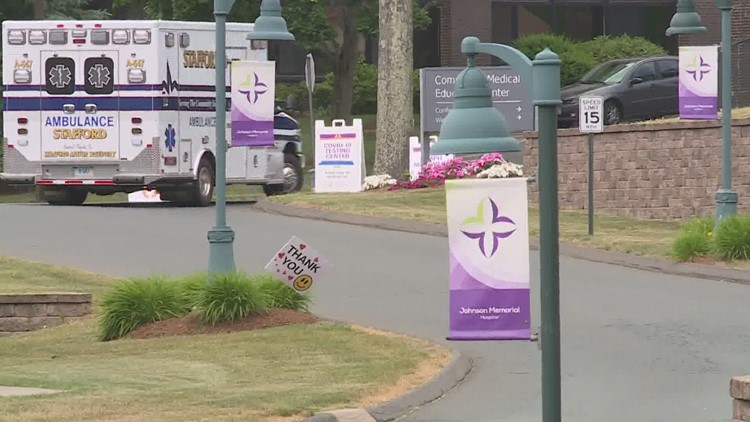CONNECTICUT, USA — A new study released from Yale University's School of Public Health argues early COVID-19 nursing home deaths were a direct result of Connecticut's unpreparedness in dealing with the virus.
The study, which was released on August 10 in the Journal of the American Medical Association, cites Connecticut's high community spread, unknown asymptomatic transmission, and the unavailability of testing for nursing home residents and staff. The research goes on to say that if COVID-19 testing was available, the spread could have been contained.
Connecticut's nursing homes have been devastated by COVID-19. Matt Barrett, President, and CEO of the Connecticut Association of Health Care Facilities/Connecticut Center for Assisted Living (CAHCF/CCAL) and Mag Morelli, President of LeadingAge released a statement regarding the report on Friday.
Governor Lamont recently hired a third-party independent firm to investigate the state's response to COVID-19 in nursing homes and assisted living facilities.
Read Barret and Morelli's statement below:
In anticipation of a preliminary report commissioned by Governor Lamont evaluating Connecticut’s COVID-19 response in nursing homes (to be released 8-15-20), research conducted by the Yale School of Public Health published in JAMA this week affirms an emerging consensus among academic researchers and public health experts that the unknown asymptomatic carrier of the COVID-19 virus was a main factor in explaining the dramatic and devastating spread of the virus experienced earlier this year in Connecticut’s nursing homes and congregate senior living settings and it was only through comprehensive testing, which was largely unavailable to Connecticut nursing homes early in the pandemic, that the spread was able to be brought under control.
Researchers found that that large scale unknown asymptomatic transmission of the virus in Connecticut, not yet understood by the nation’s scientific and medical community, could only have been uncovered through a comprehensive nursing home testing program such as the one implemented by Connecticut nursing homes in May and June of this year. A testing and cohorting strategy was critical to stopping the spread of the virus, but was only possible to be implemented once nursing homes were able to obtain the testing resources which were not available in the early months of the pandemic.
The Yale Public Health School’s research is being published at a critically important juncture as Connecticut nursing homes, assisted living communities and state public health officials now plan for the potential fall resurgence of the virus. The research has critical significance for states like Connecticut that are reviewing their early pandemic experience and planning for a fall resurgence, but also serves as an immensely important advisory for states across the country that are currently surging, especially in the South and western United States. We are urging the federal government and all state’s to immediately heed the findings in the Yale research and to place a priority on the implementation of comprehensive testing strategies in elderly congregate settings.
Once more, the Yale research underscores that that testing is an essential component, but only part of an overall strategy against Covid-19. Adequate levels of PPE, ensuring adequate staffing, and enhanced COVID-19 infection control measures (universal masking, hand hygiene and social distancing) are all critical elements of such a strategy. And of course, keeping the prevalence of COVID-19 down in the community is extremely important. The research is clear that low COVID-19 prevalence in the community will mean low penetration in nursing homes and other senior congregate living settings.



